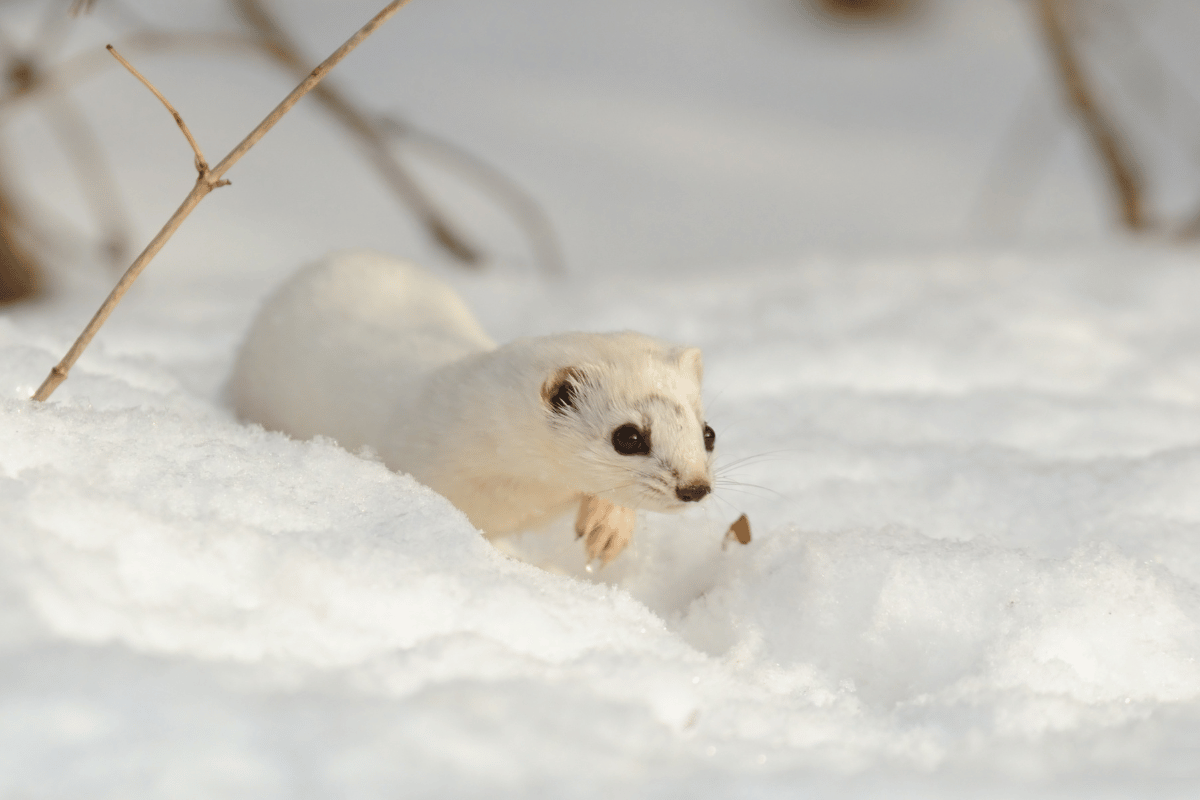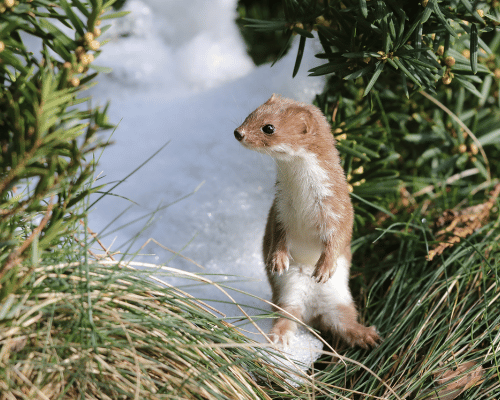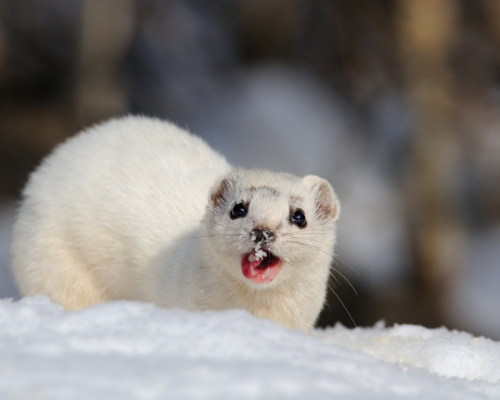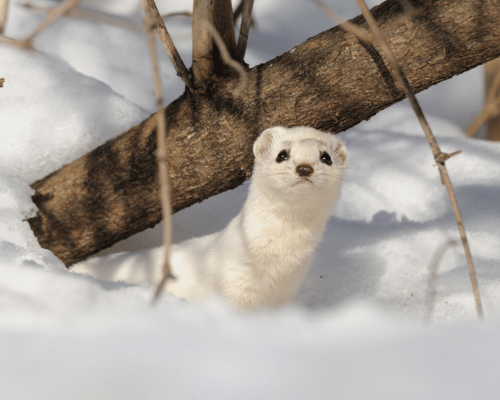Winter Warriors: How Weasels Remarkably Adapt to the Cold

As the air chills and the days shorten, nature’s small but mighty hunters, weasels, face the onset of winter. Their existence isn’t just about survival; it’s about thriving in conditions that would send shivers down any spine. But how do these seemingly delicate creatures manage to conquer the harsh elements? It’s a tale of transformation, resilience, and sheer will.



Where to Witness Weasels in Winter Wonderland
Finding weasels in their winter habitat is a thrilling experience for wildlife enthusiasts. These elusive creatures can be spotted, albeit with a bit of luck and knowledge, in various locations:
Embracing the White: The Color-Changing Camouflage
One of the most fascinating adaptations of weasels is their ability to change color. As winter approaches, their coats transform from a rich brown to a pristine white, allowing them to blend seamlessly into the snowy landscape. This camouflage isn’t just for show—it’s a critical survival mechanism that keeps them hidden from both prey and predators.
A Matter of Metabolism: Staying Warm Against the Odds
Weasels are energetic creatures, and their high metabolism is a testament to their vigor. This internal furnace burns brightly, especially in winter, to keep their tiny bodies warm despite the freezing temperatures. It’s a delicate balance, though, as their voracious appetite needs constant fueling. Hence, the weasel’s day is a relentless pursuit of sustenance.
Engineering Dens: The Art of Winter Homes
The ingenuity of weasels extends to their living quarters. Their dens are marvels of natural engineering, insulated against the cold and hidden from the curious eyes. Within these cozy confines, weasels find sanctuary from the winter’s fury, and their nesting behaviors reveal a surprising tenderness in these fierce hunters.
The Social Soloist: Behavioral Shifts in the Cold
While weasels are often solitary, winter has a way of shifting their social dynamics. There is an increase in their interactions, not necessarily for companionship, but for survival. Through a complex language of scents and sounds, they communicate territories and warn of dangers, ensuring that even in solitude, no weasel is truly alone.
Adaptive Hunting: The Strategic Predator
Prey becomes scarce in winter, but the weasel’s hunting strategies evolve with the season. Their slender bodies allow them to dive into the snow and navigate the subnivean zone—a network of spaces and tunnels between the snowpack and the ground—turning the winter blanket into their hunting ground.
Winter in the wild is a symphony of change, and the weasel plays its part with aplomb. Its adaptations are not just responses but proactive strategies that showcase the elegance of evolution. The color-changing fur is nature’s own cloak of invisibility, a marvel that renders the weasel almost mythical in its winter wonderland.
As creatures of fervor, weasels don’t just endure the cold; they chase life through it. Their metabolism is a fire that refuses to be doused, a testament to life’s tenacity. It’s not enough to marvel at their survival; one must admire the zest with which they embrace the chill.
The dens of weasels are more than mere shelters. They are fortresses of solitude, testimonies to the weasel’s mastery over its environment. These dwellings are not born of fear but of a strategic mind that knows the value of warmth and rest.
Behaviorally, weasels teach us the value of communication. In the silence of winter, their messages carry far, ensuring that boundaries are respected and cooperation is possible when necessary. It’s a societal structure built on the unspoken understanding of shared hardships.
And let’s not forget, weasels are hunters par excellence. Their winter tactics are a dance of death and life, where each movement is calculated, and each decision is a matter of survival. They are not the ruthless killers of popular imagination but sophisticated predators with an acute understanding of their environment.
Conclusion
So just how do weasels adapt for winter? Weasel’s winter adaptation is a complex interplay of biology, behavior, and environment. It raises questions about our own adaptability and resilience. Are we not, in many ways, like the weasel, finding our paths through the winters of our lives? And as Teton Wild, we understand that the answers lie not just in enduring but in adapting, innovating, and thriving.




